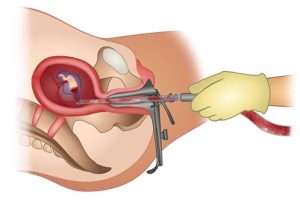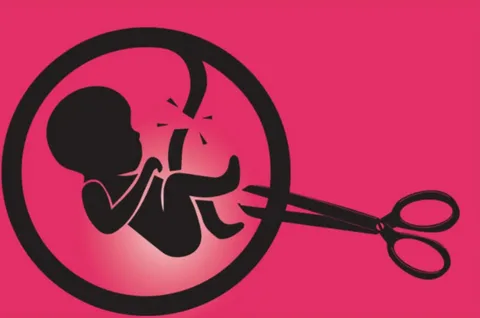Introduction: Embarking on the journey of deciding whether to undergo an abortion is a deeply personal and complex process. It involves weighing various factors, including the pregnancy stage and the type of procedure. This comprehensive guide aims to provide in-depth information on two primary abortion options: Medication abortion (commonly known as the pill) and In-clinic
Introduction:
Embarking on the journey of deciding whether to undergo an abortion is a deeply personal and complex process. It involves weighing various factors, including the pregnancy stage and the type of procedure. This comprehensive guide aims to provide in-depth information on two primary abortion options: Medication abortion (commonly known as the pill) and In-clinic procedures, shedding light on the nuances, pros, and cons of each.
Understanding Medication Abortion
Overview:
Medication Abortion, colloquially referred to as the pill, is a non-invasive method of terminating a pregnancy. The process involves taking specific medications within the first 10 or 11 weeks from the first day of the last menstrual period (LMP). It is crucial to note that the availability of this option may vary based on location and legal regulations.
How to Obtain:
In California, where medication abortion remains accessible, individuals have multiple avenues for obtaining the necessary medications. One option is a telehealth visit with a qualified provider, followed by mail delivery of the abortion medication. Alternatively, one can opt for an in-person clinic visit to receive the medication promptly.
Resources like the California finder, PLAN C, and Aid Access serve as valuable tools for individuals seeking guidance on how to access medication safely and discreetly.

Image by: yendex.com
Procedure:
The medication abortion process involves taking specific pills, typically Mifepristone followed by Misoprostol, up to 48 hours apart. This flexibility allows individuals to choose whether they want to take the medication in a clinic, at home, or in a location of their convenience.
The timeline for completing a medication abortion can vary from several hours to a few days, with the length contingent on the specific drugs used and individual factors. It is crucial to be aware of potential side effects and seek medical attention if needed.
Aftercare:
Post-abortion care is paramount, irrespective of the chosen method. Individuals opting for medication should be aware of the potential physical and emotional effects and seek support as needed. Professional aftercare resources are available to guide individuals through this process and ensure their well-being.
In-Clinic Procedures: Surgical Alternatives
Overview:
In-clinic procedures, commonly known as surgical abortions, involve a medical intervention conducted in a clinic or hospital setting. These procedures are generally recommended for pregnancies beyond the early stages, and two primary options exist: Aspiration abortion and Dilation and Evacuation (D&E).
Aspiration Abortion:
Aspiration abortion is a surgical procedure applicable up to 14 to 16 weeks from the first day of the last menstrual period. It involves the use of gentle suction and, in some cases, a small medical tool to remove pregnancy tissue from the uterus. This procedure is relatively quick, typically lasting between 5 to 10 minutes.

Image by: yendex.com
Dilation and Evacuation (D&E):
For pregnancies that have progressed beyond 16 weeks, Dilation and Evacuation (D&E) is the recommended in-clinic procedure. This involves the dilation of the cervix and the use of small medical tools to remove pregnancy tissue from the uterus. The duration of a D&E procedure usually ranges from 10 to 20 minutes.
Aftercare:
Just like medication abortion, individuals undergoing in-clinic procedures require post-abortion care. Treatment for other health problems. Awareness of potential physical and emotional effects, coupled with access to supportive resources, is crucial for a smooth recovery.
Comparative Analysis: Medication vs. In-Clinic Procedures
Pregnancy Stage:
- Medication Abortion: Up to 10-11 weeks from LMP.
- In-Clinic Procedures: Up to 14-16 weeks for Aspiration, beyond 16 weeks for D&E.
Procedure Duration:
- Medication Abortion: Several hours to a few days.
- In-Clinic Procedures: 5 to 10 minutes (Aspiration), 10 to 20 minutes (D&E).
Flexibility:
- Medication Abortion: Can be done in a clinic, at home, or a chosen location.
- In-Clinic Procedures: Conducted in a clinical setting.
Conclusion
Understanding the types of abortion procedures is paramount in making a well-informed decision aligned with individual circumstances. Whether opting for a medication abortion or an in-clinic procedure, access to reliable information and professional guidance ensures a safe and supportive experience.
Remember, every individual’s situation is unique, and choosing the right path involves careful consideration of personal factors, medical advice, and emotional well-being. Seek support from qualified healthcare providers, and explore resources that can provide the assistance and information needed during this significant decision-making process.
















